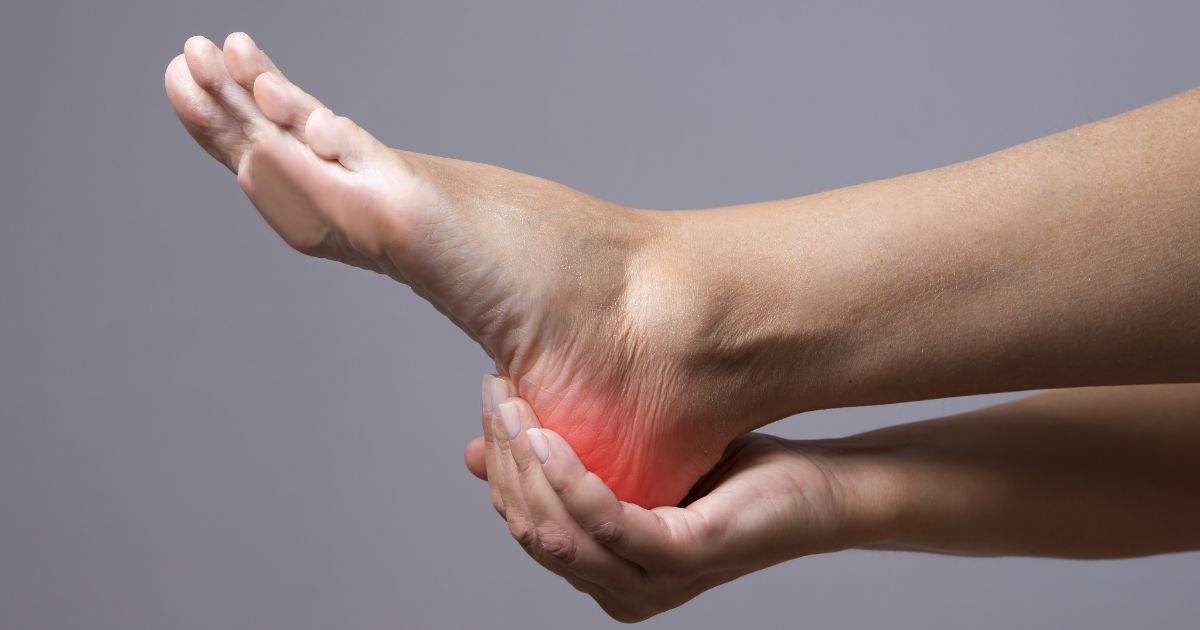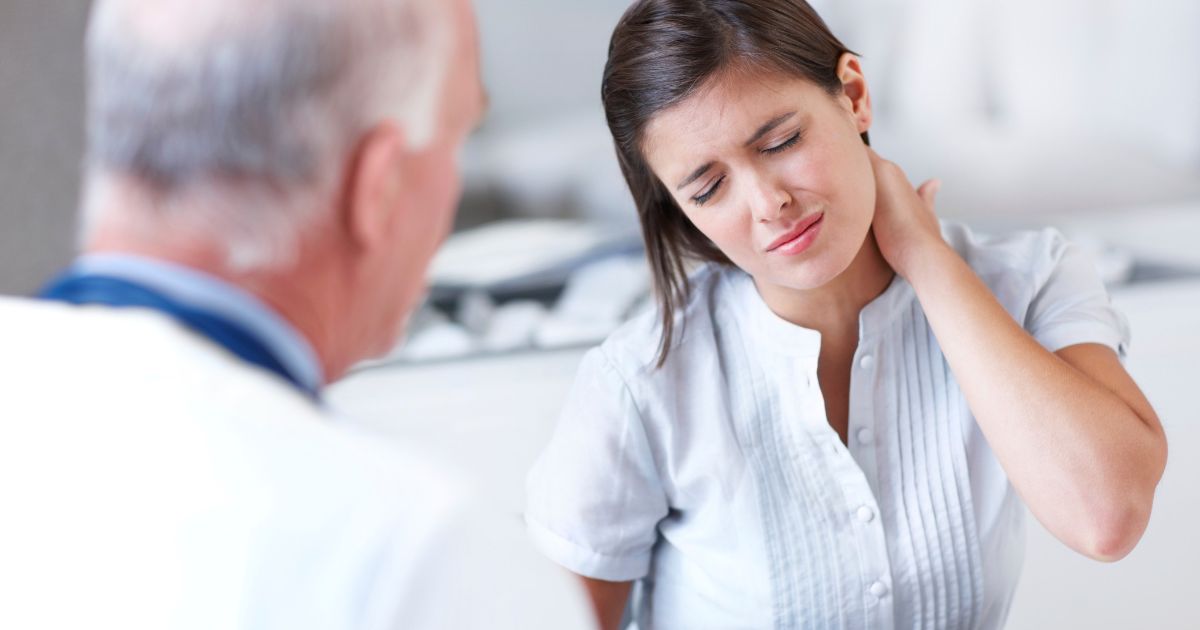Causes Of Neural Foraminal Stenosis
Stenosis is defined as a narrowing in the spine. There are two types: central stenosis and neural foraminal stenosis. Central stenosis refers to narrowing of the spinal canal that holds the spinal cord, and neural foraminal stenosis involves narrowing of the hole the spinal nerves transverse when they exit the spine. This narrowing can be caused by numerous conditions and is often multifactorial. The neural canal is formed by a vertebra above and below and the disc between them. It is naturally comprised of bone, discal material, ligaments, as well as the exiting nerve and blood vessels. Enlargement of any of these structures, additional material in the canal, and reduction of the canal size by encroaching entities all contribute to neural foraminal stenosis.
Get to know major causes of neural foraminal stenosis now.
Paget's Disease Of The Bone

Paget's disease of the bone is a rare, chronic bone disorder that causes bony proliferation. It tends to impact the elderly, men slightly more than women, often causing enlarged bone growth to the pelvis, lower back, hips, thighs, and skull. This bone proliferation occurs at a much faster rate than normal and the bone generated is of an abnormal structure. The bones become weaker, soft, and generate pain. In the spine, space is limited. The additional bone that occurs as a result of Paget's disease causes the overall area of the neural foramen to reduce, applying pressure to the spinal nerve. This is often a painful process; however, the neural foraminal compromise can lead to pain and dysfunction at distal sites. Stenosis in the cervical region has the potential to lead to arm or leg pain, weakness, and dysfunction. Neural foraminal stenosis in the lumbar region may generate symptoms in the legs, but may also be associated with trouble to the bowel or bladder.
Uncover more causes of neural foraminal stenosis now.
Scoliosis

Scoliosis is any deviation in the spine from the midline. This may be a lateral curve, but it also may include a rotational deviation singly or combined with the lateral deviation. The most common curves are S- or C-shaped, often spanning multiple regions of the spine. Spinal curvatures typically develop in late adolescence, affecting females more than males, or as part of an uneven degenerative process late in life. Scoliosis does not have a cure, and treatments aim at preventing further deterioration. Two distinct reasons exist for explaining how neural foraminal compromise occurs in the case of spinal curvatures. First, the uneven wear and tear causes degenerative arthritic changes to occur at a faster rate of development. Second, the curvature causes narrowing of the intervertebral foramen on the concave side of the curve. This narrowing is increased when the curvature is a combination of lateral and rotational in structure. Regardless of the explanation, the result is stenotic change to the affected neural foramen.
Learn more about what can cause neural foraminal stenosis now.
Bone Spurs

Bone spurs in the spine are known as osteophytes. Bone forms along the lines of greatest stress, even if the stressor is considered aberrant in nature. This means the additional bone is placed where tendons and ligaments are under constant stress, resulting in bone spurs. Chronic spine pain often leads to osteophyte formation, but the rate of formation is a combination of these stressors and genetics. Research is clearly demonstrating a genetic correlation in families with spine degenerative changes. Spinal osteophytes that form near the joints of the spine are the most likely to contribute to neural foraminal stenosis. The spurs occupy space in a limited area and may directly apply pressure to the spinal nerve. The pressure on the nerve may cause symptoms of pain, numbness and tingling, weakness, and dexterity loss. These symptoms are what often leads to the diagnosis of neural foraminal stenosis.
Keep going for more details on the causes of neural foraminal stenosis now.
Achondroplasia

Achondroplasia is a genetic disorder and a form of dwarfism. It is considered an autosomal dominant disease, indicating it occurs in a pattern of one affected gene being passed down from one parent. Research estimates up to eighty percent of cases are new mutations that occur early in development. Achondroplasia is characterized by predictable features of a torso of average size coupled with shortened and thickened extremities. Individuals with this condition often have associated problems with spinal curvatures and arthritis as well as a narrowing in many of the holes or openings in the bones of the body, including the intervertebral foramen. This narrowing leads to neural foraminal stenosis that is multifactorial. The cases of neural foraminal stenosis in individuals with achondroplasia may be severe enough to result in additional complications such as hydrocephalus, a condition where the spinal fluid is unable to flow freely due to the bony narrowing. Although this is the result of central stenosis, not neural foraminal stenosis, achondroplasia patients often struggle with both types.
Learn more about the various causes behind neural foraminal stenosis now.
Injuries

Injuries to the spine are one of the most likely causes of neural foraminal stenosis. This form of stenosis may be acute or degenerative in nature and is the most likely cause to result in a single level of the spine being impacted by foraminal stenosis. A spinal injury tends to impact multiple structures of the spine even if it is still impacting only one spinal level. The impact may affect any or all of the following: the spinal joints, intervertebral disc, spinal ligaments, and bone. As a result, osteophytes form on the bone and joints projecting into the neural foramen. The disc dehydrates, narrowing the intervertebral foramen, or it herniates into the foramen. Spinal ligaments thicken due to this. The result is any or a combination of all of these factors contribute to neural foraminal stenosis, leading to symptoms. Symptoms guide the diagnosis and early treatment offers the best outcomes